
Employer-based retirement plans like the 401(k), 403(b), most 457 plans, and the federal government’s Thrift Savings Plan are not perfect, but they are often the best available option to save money in a tax-advantaged manner. For 2018, the employee elective deferral (contribution) limit for these plans increased to $18,500 (they are indexed to cost-of-living). The additional catch-up contribution allowed for those age 50+ is $6,000.
Here’s a historical chart of contribution limits for the last 10 years (2009-2018).
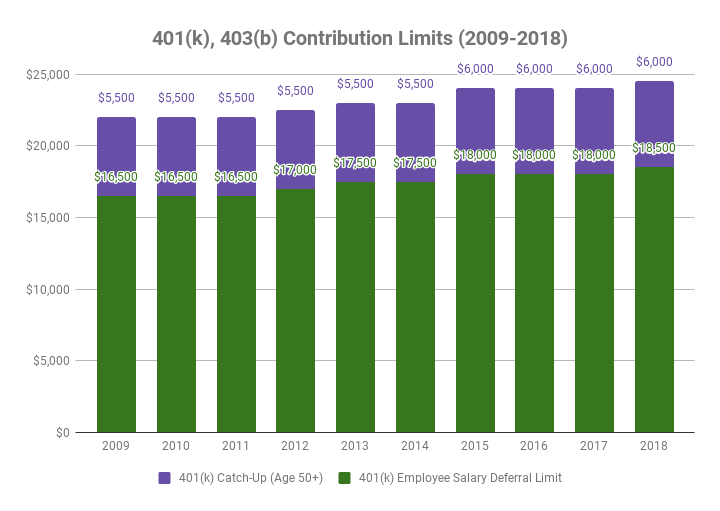
| Year | 401k/403b Elective Deferral Limit | Additional Catch-Up Allowed (Age 50+) |
| 2009 | $16,500 | $5,500 |
| 2010 | $16,500 | $5,500 |
| 2011 | $16,500 | $5,500 |
| 2012 | $17,000 | $5,500 |
| 2013 | $17,500 | $5,500 |
| 2014 | $17,500 | $5,500 |
| 2015 | $18,000 | $6,000 |
| 2016 | $18,000 | $6,000 |
| 2017 | $18,000 | $6,000 |
| 2018 | $18,500 | $6,000 |
The limits are the same for both Roth and “Traditional” pre-tax 401k plans, although the effective after-tax amounts can be quite different. Employer match contributions do not count towards the elective deferral limit. Curiously, some employer plans set their own limit on contributions. A former employer of mine had a 20% deferral limit, so if your income was $50,000 the most you could put away was $10,000 a year.
Also see: IRA Historical Contribution Limits 2009-2018
Sources: IRS.gov, IRS.gov COLA Table [PDF]
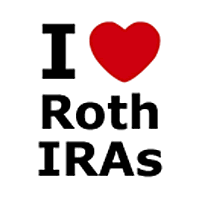 Individual Retirement Arrangements (IRAs) are way to save money towards retirement that also saves on taxes. Each year, an individual’s total contributions to both traditional and Roth IRAs cannot be more than a certain dollar limit. If you are age 50+ at some time during the year, you can also contribute an additional amount. (You can’t contribute more than your taxable compensation for the year.)
Individual Retirement Arrangements (IRAs) are way to save money towards retirement that also saves on taxes. Each year, an individual’s total contributions to both traditional and Roth IRAs cannot be more than a certain dollar limit. If you are age 50+ at some time during the year, you can also contribute an additional amount. (You can’t contribute more than your taxable compensation for the year.) 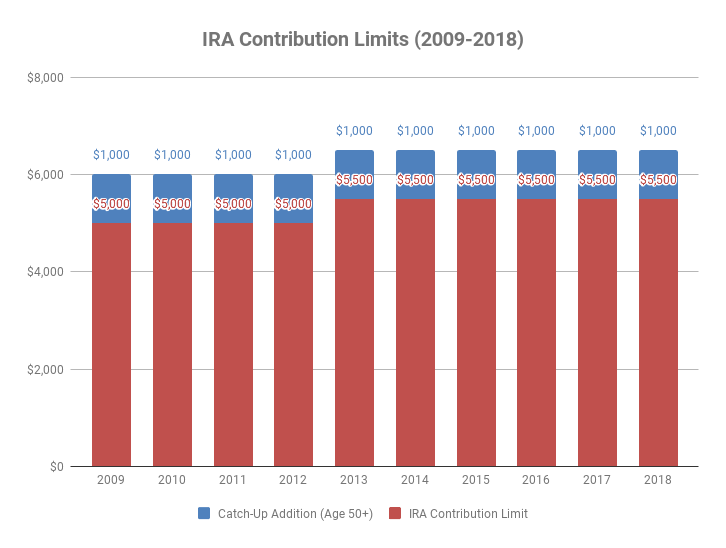
 Khan Academy is a non-profit with a goal of offering a free, world-class education to anyone, anywhere. I noticed that Khan Academy was the
Khan Academy is a non-profit with a goal of offering a free, world-class education to anyone, anywhere. I noticed that Khan Academy was the 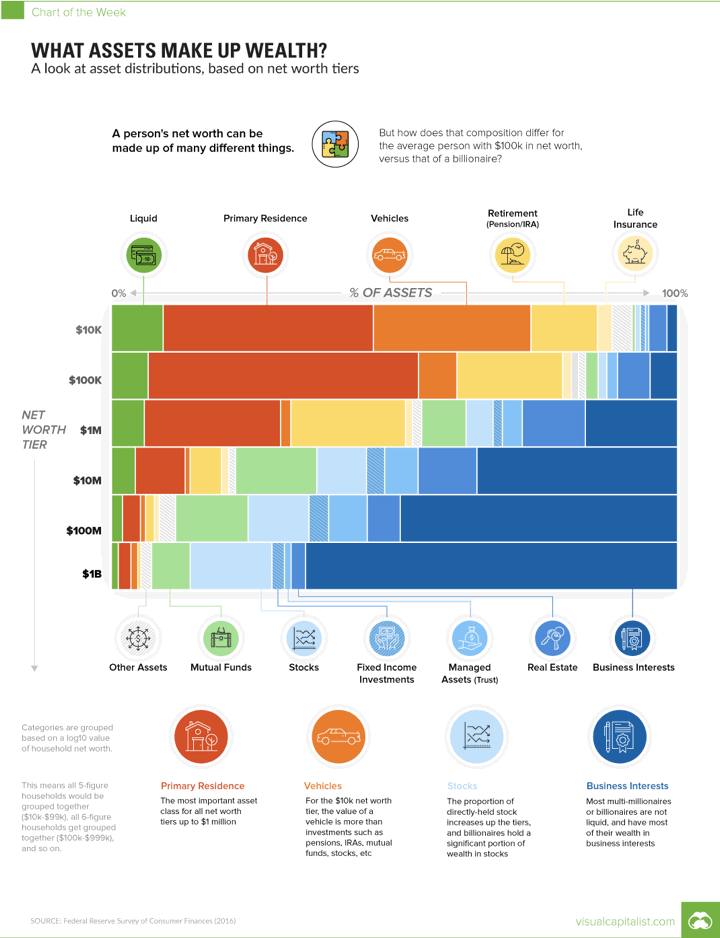
 In 2010, the tax laws were changed to eliminate the income limits on conversions from Traditional IRAs to Roth IRAs. Since Roth IRAs still have income limits on direct contributions, this opened up a “backdoor” where high-income individuals could first contribute to a non-deductible Traditional IRA and then immediately convert to a Roth IRA. If there were no capital gains upon conversion, there would be no taxes due. Thus, the term “Backdoor Roth IRA”.
In 2010, the tax laws were changed to eliminate the income limits on conversions from Traditional IRAs to Roth IRAs. Since Roth IRAs still have income limits on direct contributions, this opened up a “backdoor” where high-income individuals could first contribute to a non-deductible Traditional IRA and then immediately convert to a Roth IRA. If there were no capital gains upon conversion, there would be no taxes due. Thus, the term “Backdoor Roth IRA”. For many songwriters and musicians, their primary asset is the rights to their music. Instead of a house, they have intellectual property. Every time their song is bought for a film, streamed online, or aired on TV they receive a royalty payment for the rest of their lives + 70 years. But what if the artist wanted a lump sum? They would usually sell their rights privately.
For many songwriters and musicians, their primary asset is the rights to their music. Instead of a house, they have intellectual property. Every time their song is bought for a film, streamed online, or aired on TV they receive a royalty payment for the rest of their lives + 70 years. But what if the artist wanted a lump sum? They would usually sell their rights privately. 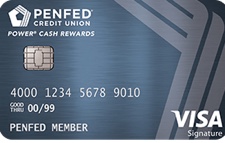
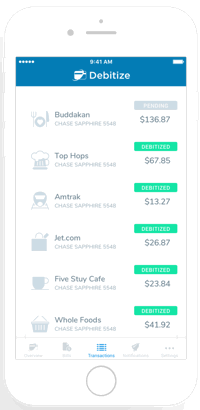 In our increasingly cashless world, I prefer to use credit cards over debit cards for a few reasons:
In our increasingly cashless world, I prefer to use credit cards over debit cards for a few reasons:
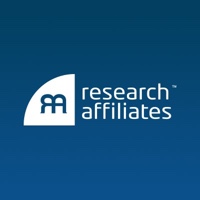
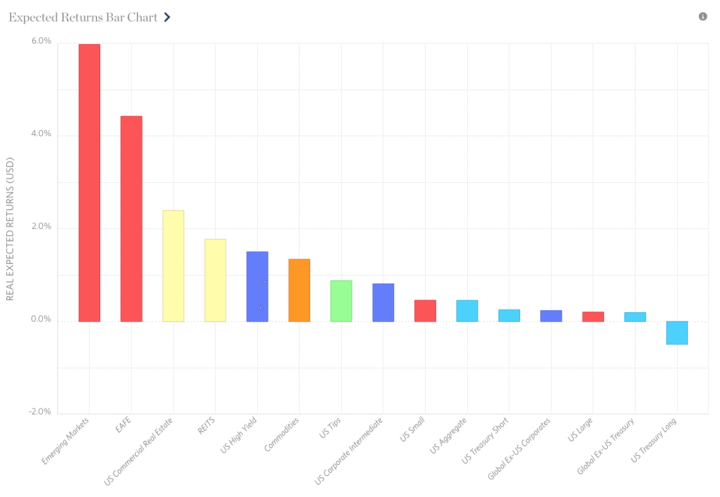
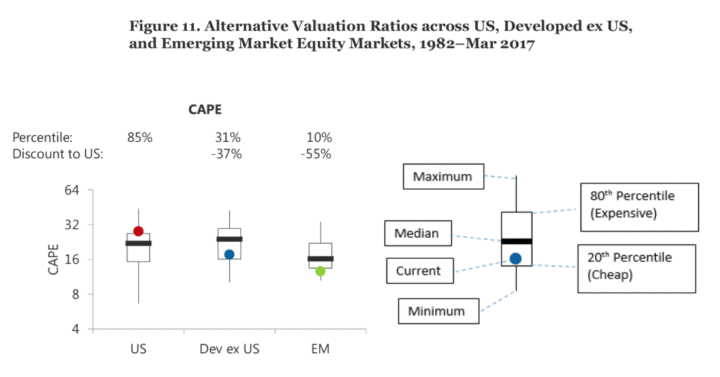
 Charles Munger is probably best known as the Vice Chairman of Berkshire Hathaway and partner of Warren Buffett. The University of Michigan Ross School of Business recently shared a
Charles Munger is probably best known as the Vice Chairman of Berkshire Hathaway and partner of Warren Buffett. The University of Michigan Ross School of Business recently shared a 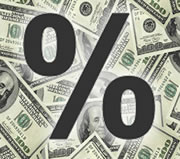
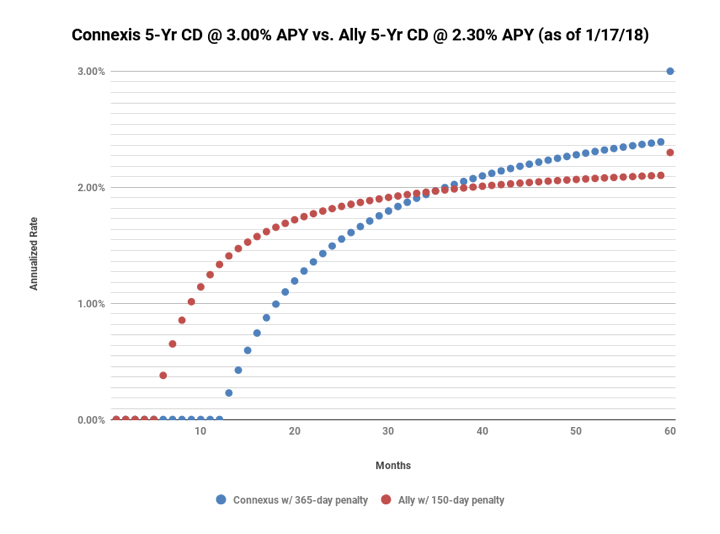
 The Best Credit Card Bonus Offers – March 2024
The Best Credit Card Bonus Offers – March 2024 Big List of Free Stocks from Brokerage Apps
Big List of Free Stocks from Brokerage Apps Best Interest Rates on Cash - March 2024
Best Interest Rates on Cash - March 2024 Free Credit Scores x 3 + Free Credit Monitoring
Free Credit Scores x 3 + Free Credit Monitoring Best No Fee 0% APR Balance Transfer Offers
Best No Fee 0% APR Balance Transfer Offers Little-Known Cellular Data Plans That Can Save Big Money
Little-Known Cellular Data Plans That Can Save Big Money How To Haggle Your Cable or Direct TV Bill
How To Haggle Your Cable or Direct TV Bill Big List of Free Consumer Data Reports (Credit, Rent, Work)
Big List of Free Consumer Data Reports (Credit, Rent, Work)